Mastering Technical Analysis: Using the Tools of Technical Analysis for Profitable Trading
$9.48
| Author(s) | |
|---|---|
| Format |
|
| Pages |
288 |
| Publication Year |
2006 |
Mastering Technical Analysis explores a wide range of technical analysis tools, detailing how to use each to improve trading performance. Topics explored include moving averages and the importance of crossovers: popular indicators from the VIX index and 10-30 DMA to stochastics, trends and pattern recognition; and more. In addition, this book examines how exchange-traded funds and other new securities as well as the emergence of China, India, and other international markets will impact present and future technical analysis applications.
Author’s Introduction:
Another major step forward for modern technical analysis was the launching of the International Federation of Technical Analysts, which I am proud to say I had a major hand in launching in 1985 in Monterey, California. Never did I dream that we would end up with a worldwide organization for technical analysts with a membership of 7000 plus and growing. This society has been a great boost to technical analysis around the world and demonstrates its global appeal.
It offered, for the first time, a platform for technical analysts to present their new ideas and approaches and to proselytize the subject at the same time on a global basis. All of a sudden we were thrown into the international arena and exposed to a new set of challenges on the international front. At the outset we had only a few member countries: Japan, England, Canada, and the United States, and again the word spread quickly.
We also saw that most of the technical work that was being done in other parts of the world used the same tried-and-true methods that we use in the States, but every now and then a new idea would bubble up and catch everyone’s eye—like the Kagi charts or Filter Trading rules of Minoru Eda from the Nippon Technical Analysts Association in Japan. These are just a few concepts with new perspectives that we have come across in our contact with IFTA.
Now that I have laid out the background of technical analysis during the past 50 years, let’s get started on some of the old and some of the new aspects of this profession. Technical analysis is a combination of both science and art. The numbers generated from price and volume carry the aspect of science, while the interpretation of how these numbers interact with each other shows the art function of TA. I will try in the coming chapters to turn many of the chart patterns and indicators into common sense and common language for you.
Contents:
- Technical Analysis from My Perspective
- The Forces of Supply and Demand
- Pattern Recognition
- The Tools of the Trade
- Channels Trends
- Volume
- Momentum
- Moving Averages
- Money Flow
- Sentiment
- Relative Strength Analysis
- Building Your Own Toolbox
- Cycles
- What to Look at in the Market
- Sectors and Groups
- Individual Stock Selection
- Bits and Pieces
Mastering Technical Analysis: Using the Tools of Technical Analysis for Profitable Trading By John C. Brooks pdf
1 review for Mastering Technical Analysis: Using the Tools of Technical Analysis for Profitable Trading
Clear filtersOnly logged in customers who have purchased this product may leave a review.

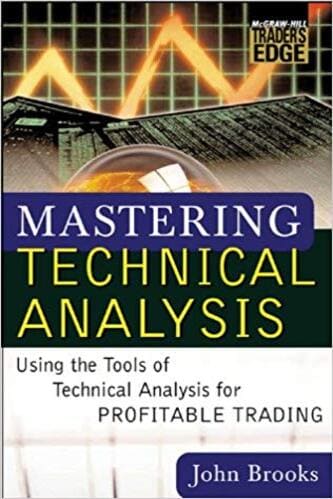

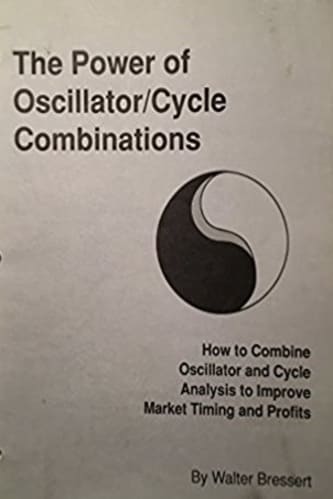
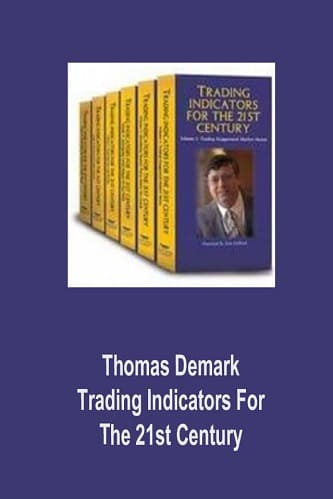
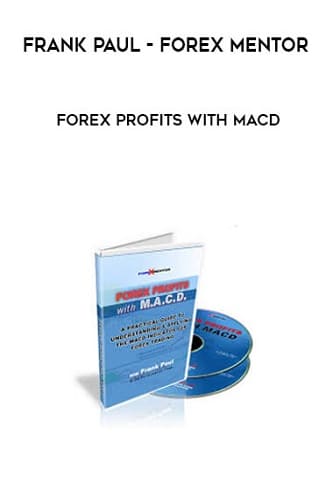
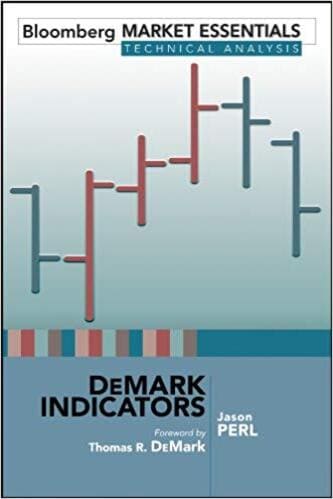
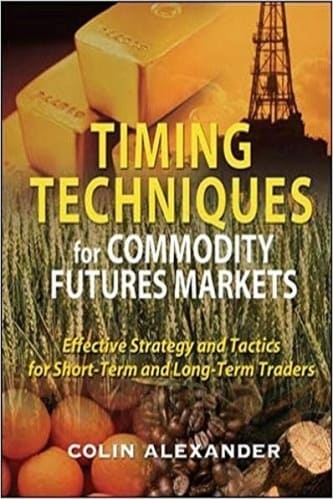
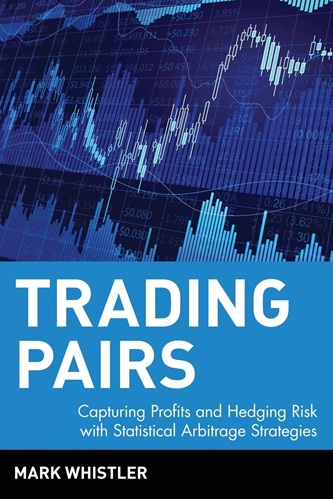

Dirk Barnes (verified owner) –
I purchased “Mastering Technical Analysis….” by John C Brooks when I first developed an interest in the stockmarket. It was my very first book. At that time I was very poor, so I purchased the Australian Financial Review newspaper and some graph paper and used the information in Brooks’ book and the data in the newspaper to draw by hand a full set of technical charts. I even got creative with the indicators. The results….profits.
I think this is the best book on technical analysis for beginners because it is so clear, concise and rudimentary. Absolutely no bells and whistles.
It’s almost like a student primer.
In addition on page 197-198 the author includes the principles relating to cycle analysis (harmonics, synchronicity, summation etc). Brooks’ book is the only book I have read on technical analysis which has included this useful information.
So, if I had to choose one book to put in a time capsule for future generations to read I think this would be it.